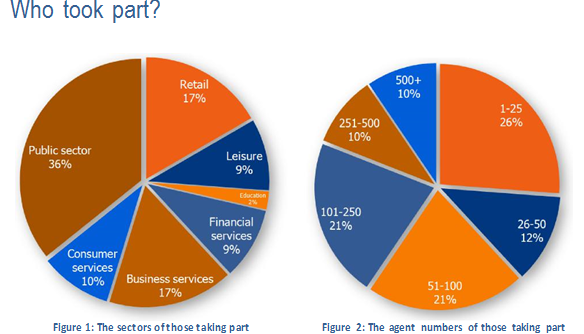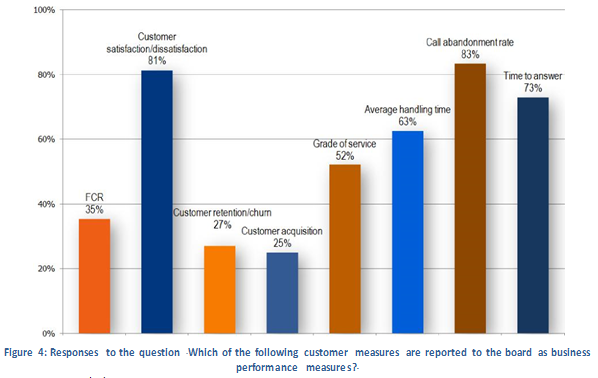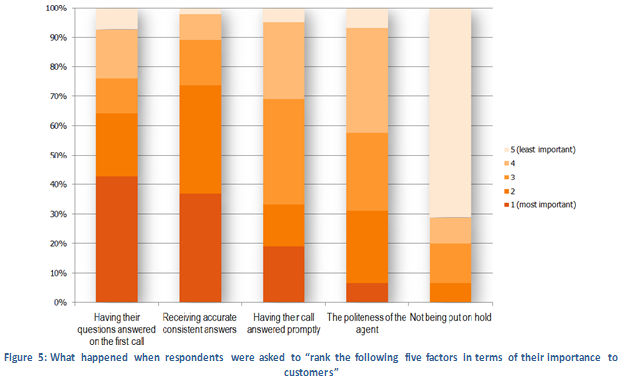First Call Resolution (FCR) Knowledge Exchange: Panviva
Author: Panviva
Call centres are much maligned by the public, and those of us involved in running them may feel that this is unfair. However, I’m sure we can all recall times when we have had to deal with very poor call centres. It’s often difficult to decide whether the issue, when this happens, is down to the people, the process or the systems. In reality it’s often a combination of all three.
The expectation is, when we pick up the phone to dial a call centre, that we’ll have to hang on for ages, navigate layer upon layer of automated voice instructions or be referred to the company’s website instead. We may even be referred to the wrong person entirely or put on hold for ages. Then, when we do reach the supposedly correct contact, they aren’t able to help us or we can’t understand what they are saying.
If expectations are so low, then what exactly is it that customers want? To my mind, it’s always been quite simple: customers want to be connected quickly to a call centre agent who will be able to resolve their query there and then. This is the essence of First Call Resolution (FCR) and this is why it is the cornerstone of all call centre metrics. It is the one that most accurately reflects the key driver of customer satisfaction and research actually backs this up.
In some conjoint analysis carried out a couple of years ago, it was found that customers would wait an extra thirty seconds on hold for just a 1% additional chance of their query being dealt with first time. That’s astonishing considering Average Speed of Answer is still the most commonly reported call centre metric. This is the reason why we conducted the survey to see how prevalent the use of FCR is in the modern call centre industry.
FCR is getting harder all the time though. This seems counter intuitive considering all the improvements in technology over the last few years. But it is these technical improvements that are at the root of the difficulties. As self-service both through the Internet and telephony removes simple transactions from the voice channel, so calls measured become skewed towards the more difficult ‘issue resolution’ queries. These require a slightly different skill set from that needed for a traditional standard call, often calling for a greater knowledge of the products and services on offer.
Typically this knowledge is gained through the call centre agent having on-the-job experience and there are consequently only going to be a certain number of people that can handle such calls. If you also factor in the drive for greater efficiency and therefore greater consolidation between call centres generating a ‘broad and shallow’ knowledge base, it is no wonder FCR is stagnating, if not falling.
If most people who work in the call centre industry recognise these issues, why isn’t FCR a more widely used metric? I believe the most important factor is how difficult it is to define, let alone measure. Definitions vary widely from the amount of interactions that represent a ‘call’ to whether it should be the customer’s or the organisation’s perception that should be used. Although all the arguments surrounding the definition of FCR are valid, what is most important is that organisation picks one definition that it is comfortable with and that it feels is robust. That way, it can track the performance of the call centre while at the same time taking action to improve its FCR. Any improvements in score are bound to improve customer experience as well as reduce costs and that has got to be a win-win situation for everybody.
This knowledge sharing report highlights all of these issues and reinforces why FCR should be the pre-eminent internal measure for customer satisfaction. There are also some interesting tips on how to measure FCR and what technology to use to overcome any barriers.
At the end of the day, FCR is all about knowledge and processes. Many organisations have been working hard to fix process issues through Lean and Six Sigma. The real battle now is about knowledge. How can we give our agents as much knowledge as possible to answer at many queries as possible in a fast moving age, where commitment to the same role is often short? If we can solve this then perhaps we will be able to take a quantum leap in FCR and ultimately satisfy our very demanding customers.
Some of the knwledge exchange outputs include the following;
Read the full White Paper below


